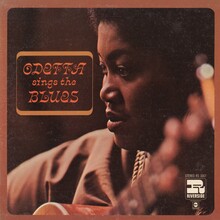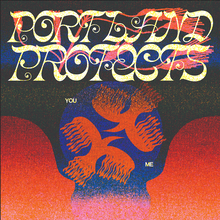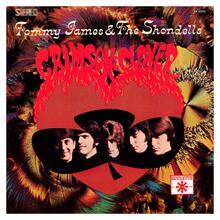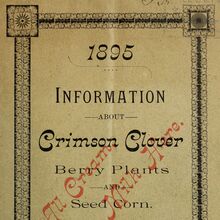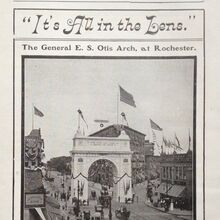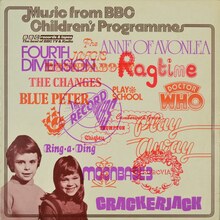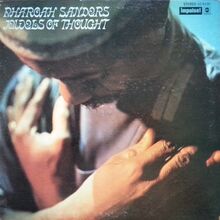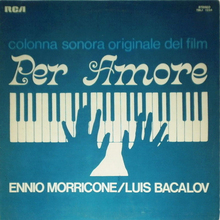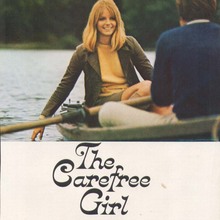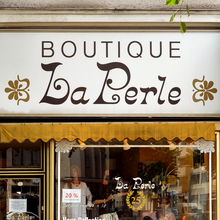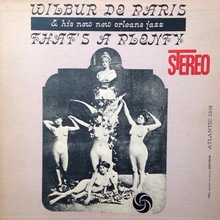Designed by Henry Brehmer and released by the Keystone Type
Foundry in 1889.
MacMillan assumes that the face originally was designed “[a]s
Almah … by Brehmer for the Robert Lindsay Type Foundry”.
Lindsay is a witness in the
1890 patent. The name could be derived from Crayon,
a related design by Hermann Ihlenburg released in 1886 by
MacKellar, Smiths & Jordan [MacMillan]. In 1890, Keystone added a
Crayonette Open [Reichardt 2011].
Copied by Caslon as Columbian
ltalic in c. 1899.
[MacMillan] Also sold as Zierschrift
Columbia (Gronau), Corsivo nero (Societa Urania),
Fantaisie Cursijv Serie 8 (Enschede), Italic
Series (W. Simmelkiær), ltalienne Cursiv (Theinhardt)
[Reichardt 2011].
Adopted for phototype as Crayonet (with Open)
[PLINC 1965] and as Crayon
[Lettergraphics 1976]. Crayonette
Flair [Berthold 1974] a.k.a. Crayon
Flair [Lettergraphics 1976] is a phototype version
with numerous added alternates incl. More…
Designed by Henry Brehmer and released by the Keystone Type Foundry in 1889. MacMillan assumes that the face originally was designed “[a]s Almah … by Brehmer for the Robert Lindsay Type Foundry”. Lindsay is a witness in the 1890 patent. The name could be derived from Crayon, a related design by Hermann Ihlenburg released in 1886 by MacKellar, Smiths & Jordan [MacMillan]. In 1890, Keystone added a Crayonette Open [Reichardt 2011].
Copied by Caslon as Columbian ltalic in c. 1899. [MacMillan] Also sold as Zierschrift Columbia (Gronau), Corsivo nero (Societa Urania), Fantaisie Cursijv Serie 8 (Enschede), Italic Series (W. Simmelkiær), ltalienne Cursiv (Theinhardt) [Reichardt 2011].
Adopted for phototype as Crayonet (with Open) [PLINC 1965] and as Crayon [Lettergraphics 1976]. Crayonette Flair [Berthold 1974] a.k.a. Crayon Flair [Lettergraphics 1976] is a phototype version with numerous added alternates incl. swash and terminal forms. Added to Letraset’s Letragraphica range as Columbian Italic, credited to Stephenson Blake (successors to Caslon) [Letraset 1976].
There most professional digitization is Crayonette DJR (used for sample). Cranston (incl. Cranston Open) is a free interpretation based both on Crayon and Crayonette.





